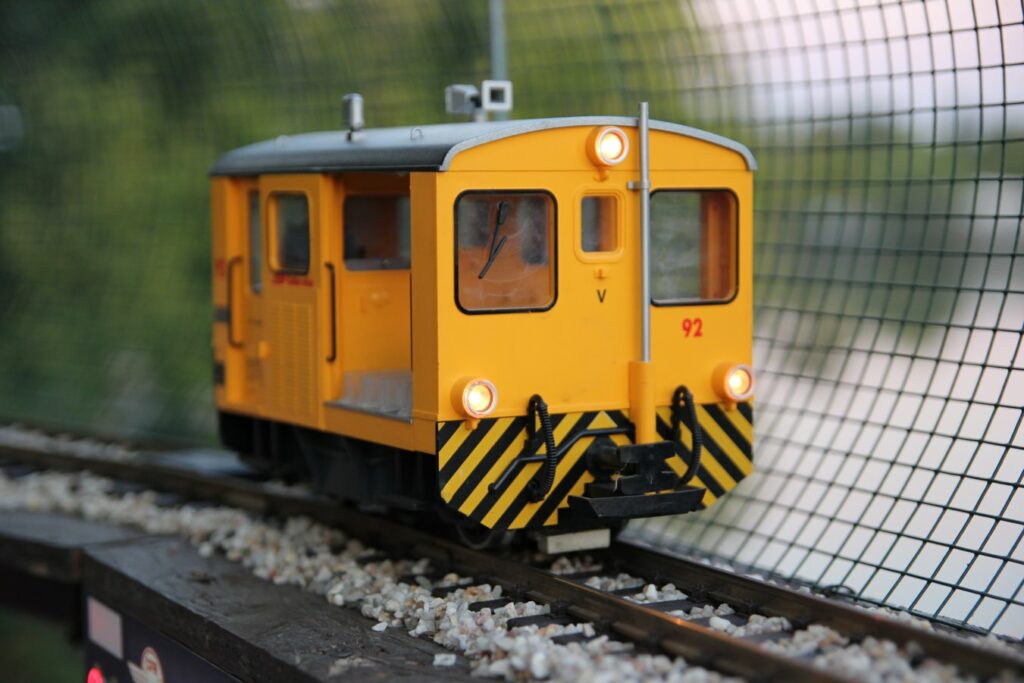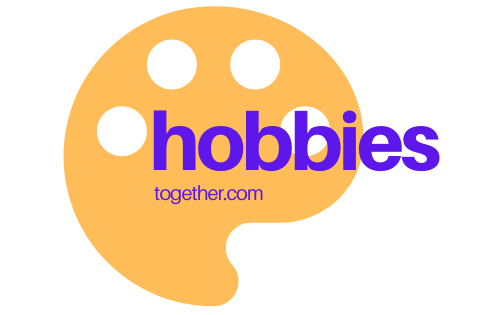
There are many reasons to start collecting model trains, but the most important (and most obvious) one is that it’s fun! Starting a model train collection is an entertaining hobby that can be enjoyed solo or shared with family, and it teaches useful hands-on skills. It’s also a great choice for anyone looking for a hobby that will last a lifetime. Many of us find ourselves eager to adopt hobbies that offer a way to practice self-care, relieve stress and enjoy the present moment. Learn the basics of model train collecting with this ultimate guide on everything from track and wiring to structures and scenery.
Model Train Collecting Benefits
Whether you inherited a model railroad or have loved trains since childhood, collecting model trains transports you to another world. You’ll find this hobby provides a balance of technical skill, relaxation, electronics and design.
- Educational: Learn about the history of trains and their impact on culture, economy and society.
- Technical Skills: Explore basic electronic and carpentry skills, like stripping wire and sawing.
- Organization and Planning: Discover ways to keep your mind fresh and sharp with the planning and organizing skills you need to design your railroad.
Creating the Right Space
The kind of model railroad you should build depends a great deal on the space you plan to put it in. Model trains come in several different scales to help accommodate the space.
- HO Scale: If your hobbying room has a minimum of 8’x6’ of space, you have plenty of room for an HO scale model railroad. With a 1:87 scale (3.5 mm to 1 foot), HO is the most popular model train scale in the world.
- N Scale: About half the size of HO models, these trains work in smaller spaces or for those who want to use a longer track. With scale ranges of 1∶148 to 1∶160, N trains are often less expensive than HO.
Building a model railway requires some basic skills with tools. Some are simple and common, like pliers, while others are more nuanced and complex, like coupler height gauges. Beginners should invest in these tools to build their model railways:
- Needle-nose pliers
- Precision screwdriver
- NMRA standards gauges
- Coupler height gauges
- Rail-cutting pliers
- Hobby knives
- Spruce cutters
Choose Your Model
Over the last 100 years, trains have come in many different shapes and sizes. Before you start your collection, be sure you know what you want to invest in.
- Era Models: Some collectors dive into an era of train modeling, like pre-1940s steam locomotives or post-1960s diesels.
- Can and Open-Frame Motors: Older models will use open-frame motors, which have iron poles that stick out of the armature. Newer model trains use can motors, which are enclosed and move more smoothly.
- Couplers: Most current model railroads use Kadee magnetic coupling to hold cars together, but you can also find older horn-hook styles.
Once you know where you are going to build and what kind of train you want to collect, the next step is getting started with building the foundation of your collection.
Laying the Right Track
Good trackwork is really the foundation to a successful model railroad layout. It can be tempting to lay track down quickly in order to get the train up and running, but slow and intentional trackwork will save you from making a lot of common— and sometimes irreversible— mistakes. Before you lay your first track, get familiar with:
- Materials: Track is generally made of brass, zinc-coated steel, steel and/or nickel silver.
- Sectional: New modelers typically use 9-inch pieces of sectional track, and there are many different lengths and shapes. Knowing these options helps you manage the gentle and tight curves you plan in your layout.
- Terminal Section: These wires bring the electrical current to the track sections that you need to power your model train.
Understanding Wiring
You aren’t collecting cars to stare at them in boxes— it’s the movement of model trains that makes this hobby so exciting. You can bring power to your train a few different ways, so it’s important to know what wiring is best for your materials, space and goals.
- Power Packs: Also called a variable-DC power supply, the train is kicked into gear by a DC voltage on the rails. It can reverse polarity of the voltage, which allows your train to run backward.
- Solid State Packs: For better low-speed control, solid state packs have throttles that put out a burst of power to turn the motor. These bursts increase in frequency until the DC pumps the motor at higher speeds.
Installing Scenery and Structures
Your train needs to travel through something— after all, it’s more fun if it feels like it’s going somewhere. It could be your city or a quaint little mountain town, but regardless, you have to set the stage. Scenery depends on the aesthetic you are trying to create, such as:
- Trees
- Cars
- People
- Water
- Bridges
- Mountains
- Buildings
Designing the scenery and structures of your model can really tap into your inner artist. From painting lush rolling hills to winding rivers, you can create as much or as little detail in the environment that you want.
Building your train first requires you pick your space and your model, which allows you to decide if you are building a permanent layout or a simpler, smaller one you can change out from time to time. Either way, this ultimate guide provides the basic building elements you need to familiarize yourself with so you can truly enjoy all of the aspects of your new hobby.
